Clearing the Air: How LaneAxis Will Help Freight Transportation Reduce its Carbon Footprint
A Direct Network guided by AI could be a central feature in the renewed push to “clean up trucking.”
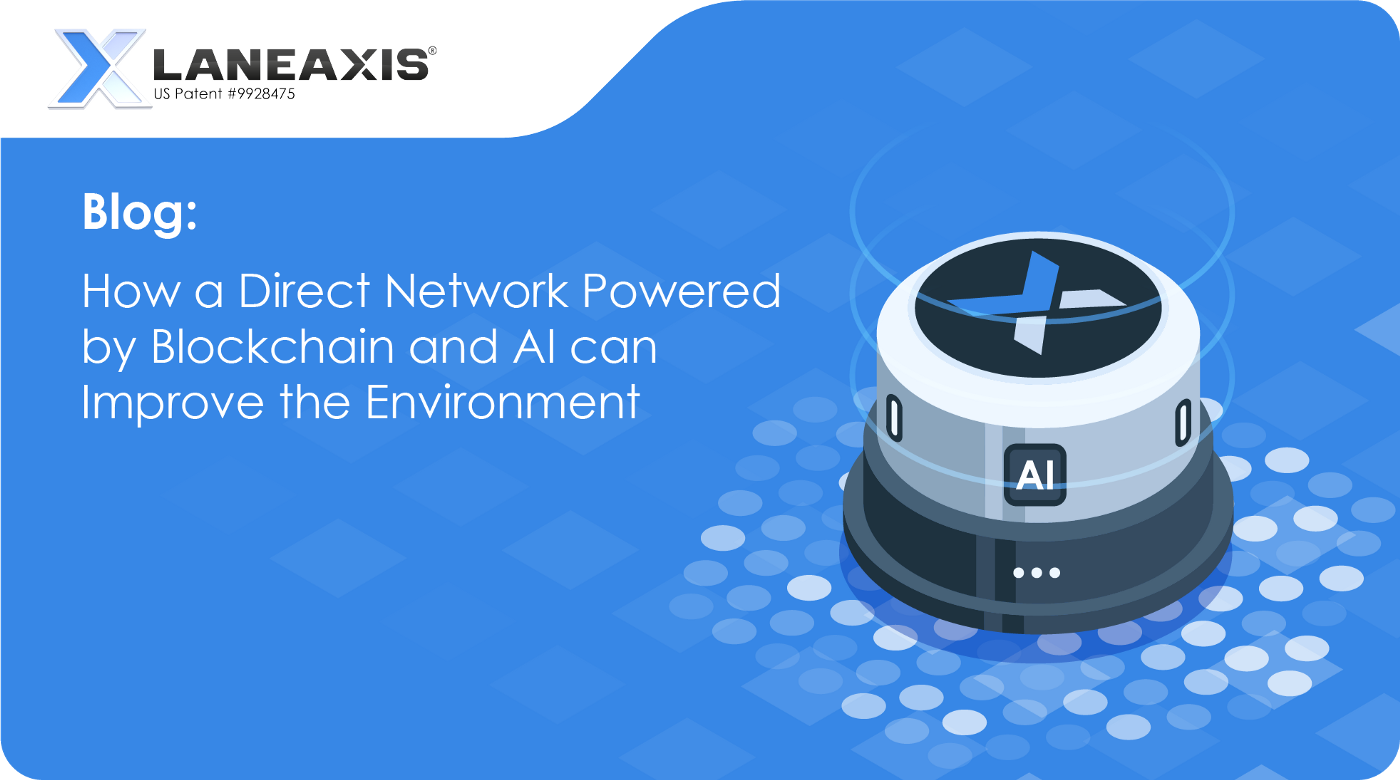
Trucking is changing at a rapid pace. So is the environment. Unfortunately, trucking’s relationship with the environment is, well, complicated — to put it mildly.
The U.S. trucking industry is believed to account for:
Long-term exposure to small particulate matter causes increased death rates attributed to cardiovascular diseases, including heart attacks, and has been linked to other adverse impacts such as lung cancer.
May 26, 2021: A Wake-up Call to Oil Companies
In a story that largely flew under the news radar (at least for those outside the gas and oil industry), this past May 26 proved to be a monumental day in the push to reduce reliance on fossil fuels. Some are calling it a “tipping point.”
On that day:
What This All Means for Trucking
The push for what is known as Corporate Social Responsibility (CSR) — which encourages companies to enact policies and practices that benefit society on micro and macro levels — is gaining incredible momentum in the freight transportation industry. The events of May 26 make this clear.
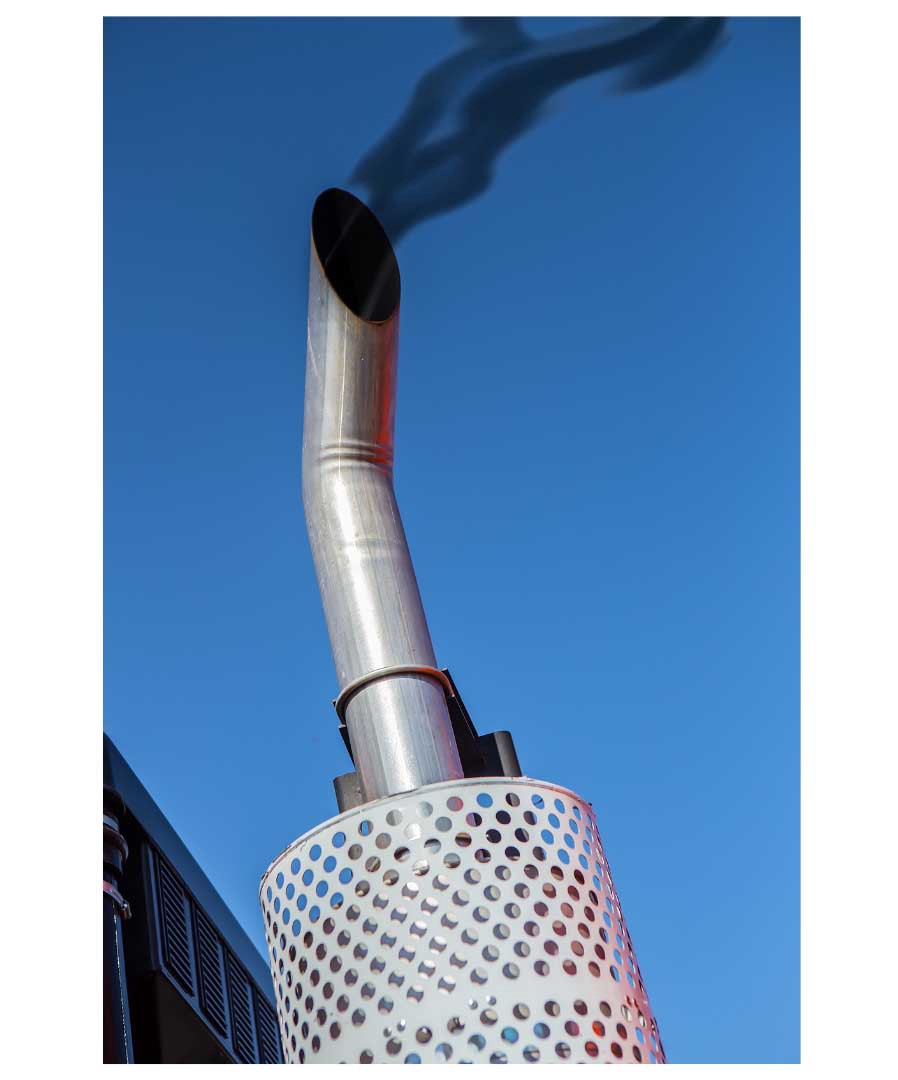
Freight industry regulators, participants and manufacturers are answering the call for change — with the ultimate goal of reaching Net Zero carbon emissions.
California has introduced a first-in-the-world rule that will require truck manufacturers to transition from diesel to electric zero-emission trucks beginning in 2024. By 2045, all new trucks sold in California will be zero-emission.
Although transitioning from diesel to electric or hybrid trucks will not be complete for several more years, the trucking industry has made many strides to comply and contribute to improving air quality. Some of these changes include:
How LaneAxis Fits in the Picture
LaneAxis has long pointed out the importance of reducing empty truck miles — colloquially known as “deadhead miles” — which according to numerous studies, including the Department of Transportation , exceeds 20 BILLION MILES PER YEAR in the U.S. alone. You read that right: 20 Billion empty truck miles.
And this only takes into account fully empty trucks — not partially empty trucks — which account for billions more miles of underutilized capacity.

The LaneAxis Platform is focused on accelerating the drive to Net Zero and reducing empty truck miles.
Here’s how:
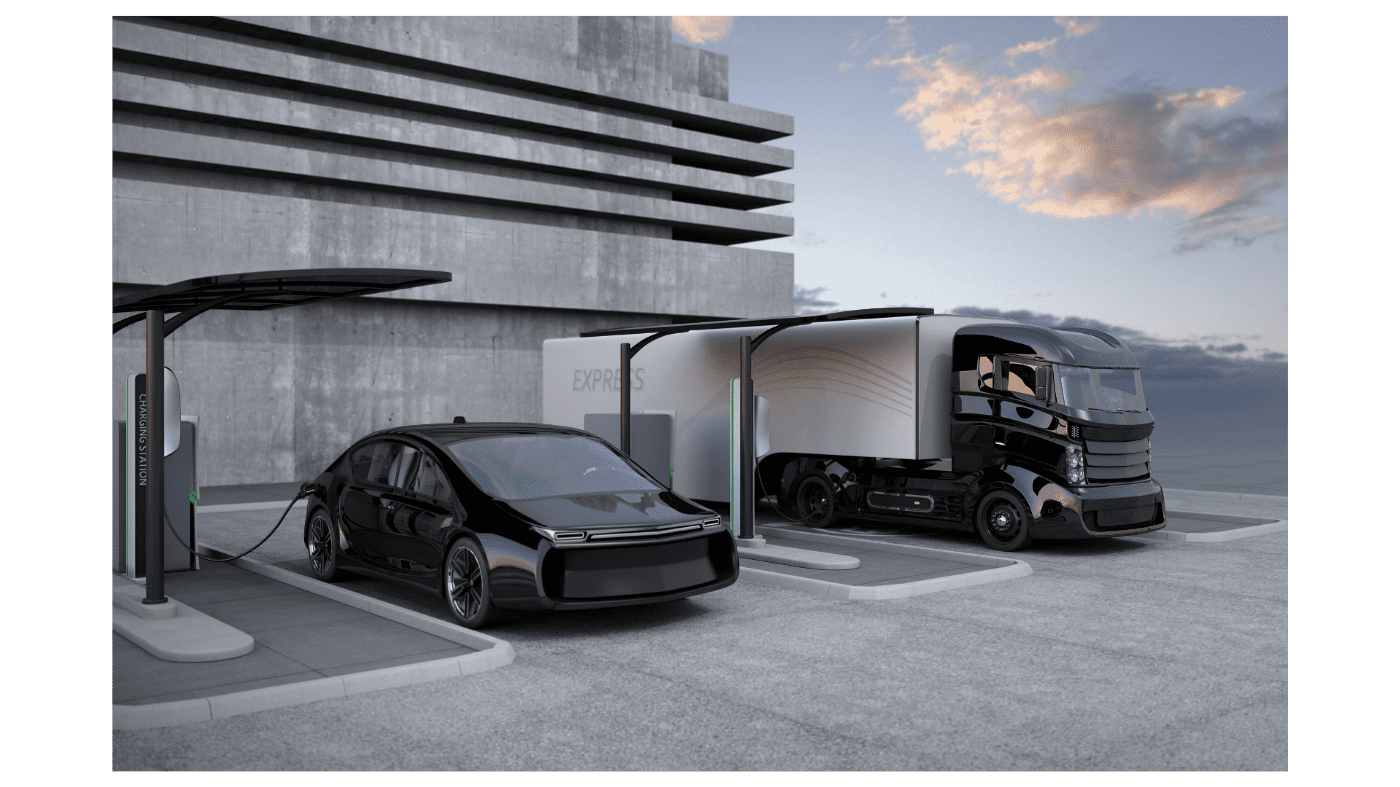
The Impact on Small Trucking Companies
LaneAxis realizes all these rules changes and tech advancements may prove daunting to small trucking companies and owner/operators — which ultimately represent LaneAxis’ core constituency.
The fact of the matter is these changes are inevitable — and everyone must adjust. Small trucking companies should not be fearful — but hopeful.
“The LaneAxis platform will simplify the ability to measure and broadcast steps carriers are taking to meet new regulations,” says Roger Goobie, LaneAxis Shareholder and Oil & Gas industry veteran. “This means they may not have to invest in another system to help with tracking carbon emissions per trip (using a simplistic model) and they can show that it is being logged and the information can be produced as needed. This will also help them competitively bid for contracts in the future as this KPI feature will already be built in the LaneAxis network tracking system and can be turned on as needed.”
Then there are the long-term operational savings.
For the trucking industry, diesel and gasoline fuels represent one of the largest operational costs, comprising from 25 to 39 percent of motor carriers’ marginal expenses. Thus, fuel price volatility can cause significant financial uncertainty and risk for carriers and, as a result, fuel management is a leading priority for the trucking industry. Lowering per mile fuel costs can decrease the impact of unstable fuel prices while increasing the competitiveness of individual trucking firms.
An opportunity within the sustainability movement therefore exists for the trucking industry. By ensuring proper practices and employing technology to reduce fossil fuel use, motor carriers can make significant contributions to the nation’s sustainability goals while at the same time reducing their fuel costs.
Certainly all small carriers will not have capital to buy energy efficient trucks. But the transition is coming. There is hope, and some expectation, that Federal and State aid/subsidies will be provided to help carriers through this period of transition.
“The good news is that as shippers, carriers and logistics companies look for ways to save money by reducing the diesel fuel used to move freight, they also find that they improve shipping efficiencies and reduce freight emissions. Strategies to consolidate loads, switch to intermodal, use cleaner fuels and improve visibility, among others can lead to a more efficient transportation network.” –Statement by the U.S. Environmental Protection Agency, January, 2021.
Energy Efficiency on the Blockchain
Elon Musk has been in the news lately (Ok, he’s always in the news) — most recently for declaring that Tesla would stop accepting Bitcoin for payments. His stated reasoning was the massive amount of energy required to “mine” Bitcoin transactions.
While many skeptics have justifiably questioned Musk’s “true” motives for making this decision — the issue of electric waste in blockchain mining is a legitimate one.
LaneAxis realizes this. That’s why our blockchain architecture is geared toward using as little electrical power as possible.
To wit:
The Takeaway
From the very beginning of LaneAxis’ journey (over a decade ago), we have been fiercely focused on “future proofing” our platform and building a system that is infinitely scalable.
It began with the filing and subsequent 2018 approval of U.S. Patent №9,928,475 — “A Shipper and Carrier Interaction Optimization Platform.”
It continues now with our commitment to improving the supply chain and trucking industry through this unprecedented time of change and technological advancements in the industry — all with the goal of helping the supply chain go green.
Critically, we are committed to helping shippers and small truckers not only navigate, but benefit from this massive paradigm shift.
To learn more about LaneAxis, please visit www.laneaxis.com.
To invest in LaneAxis, visit www.startengine.com/laneaxis.

What is Warehouse Logistics? Warehouse logistics encompass the personnel, procedures,..

LaneAxis Remains a Huge Advocate for Sustainability Since its establishment..

[embed]https://www.youtube.com/watch?v=s8-hNjskwLM&t=1342s[/embed] In this episode of our LaneAxis podcast "Let's Be..
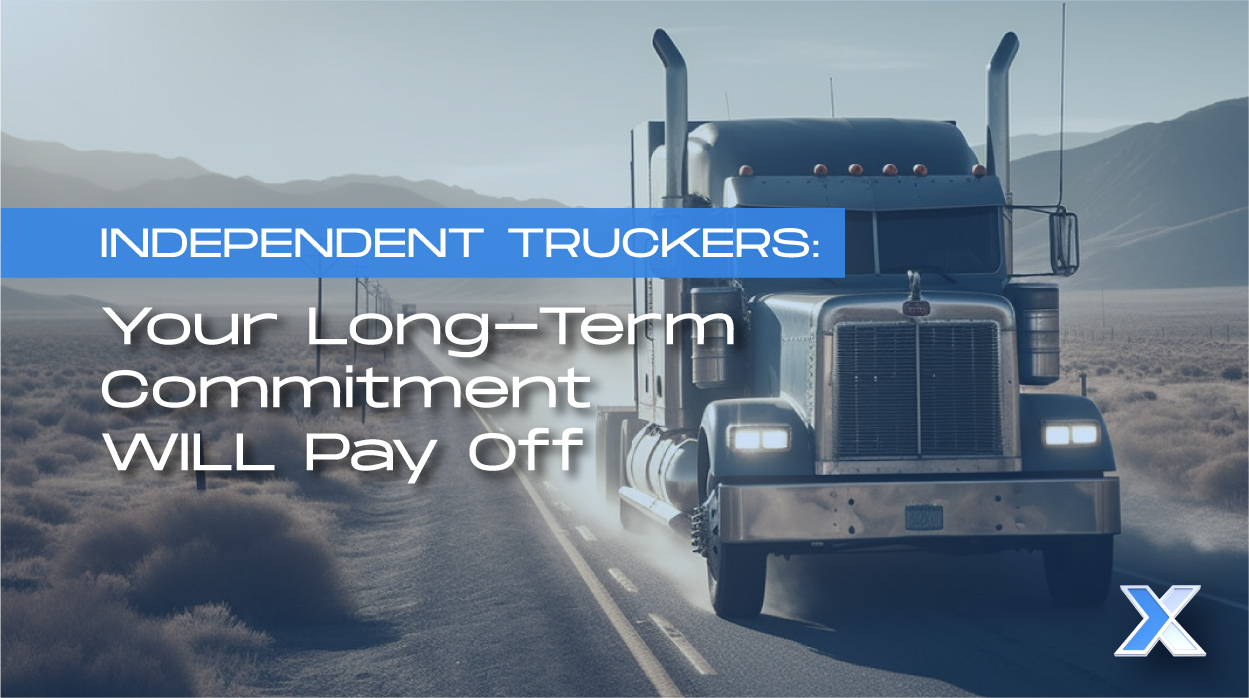
Transforming the future of an industry – any industry -..
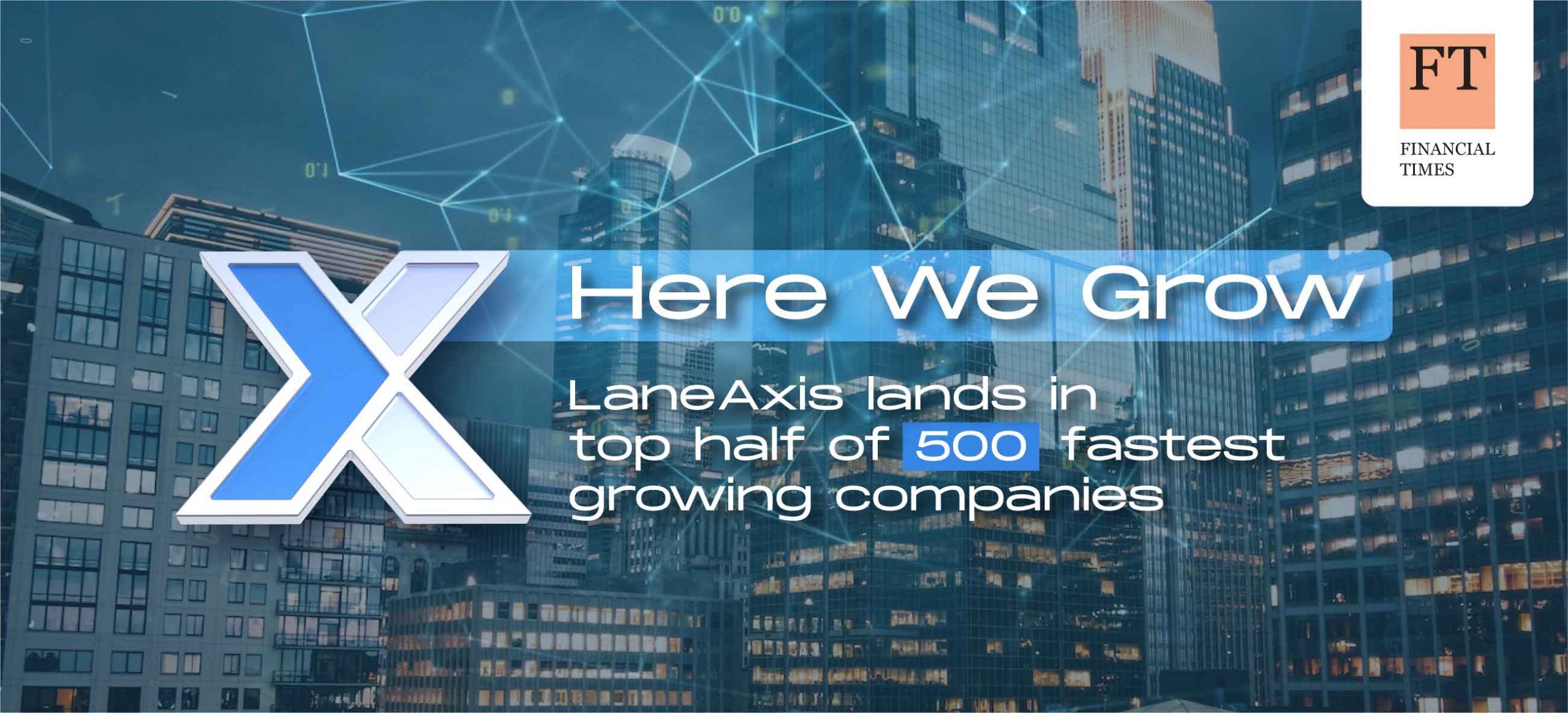
Financial Times of England analyzed companies from Canada to South..